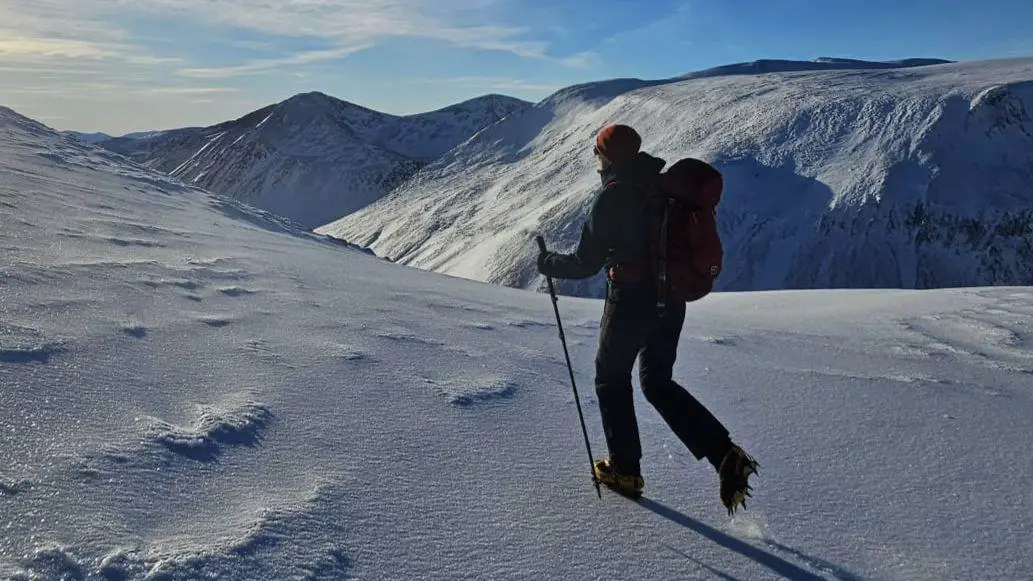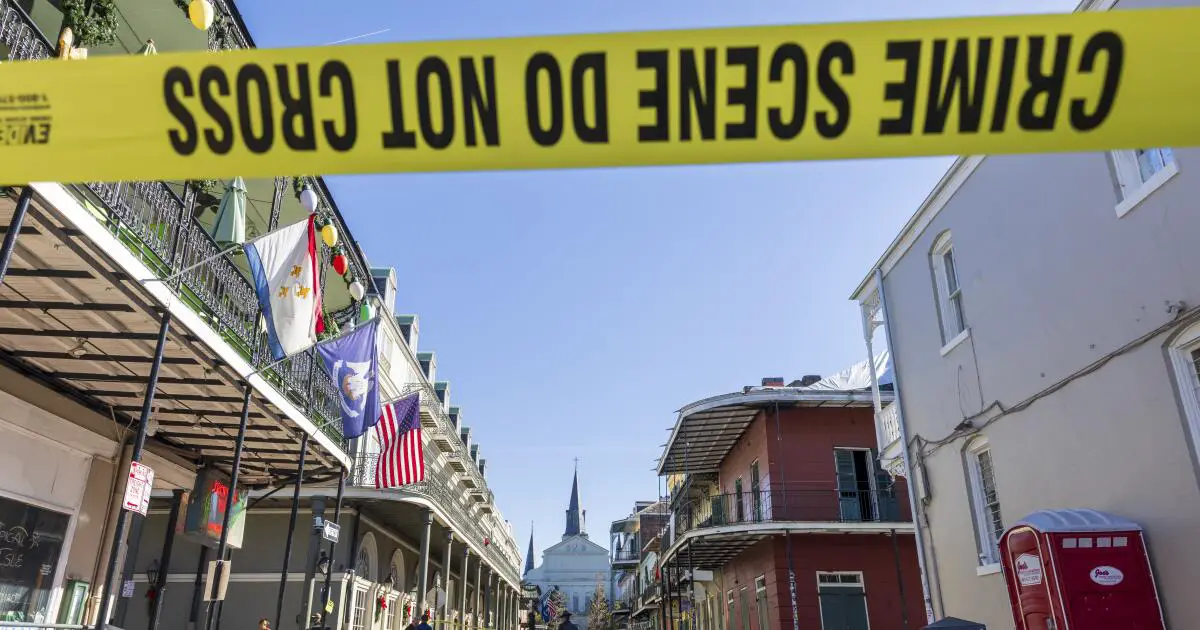I have travelled all over Spain for both work and fun in the past two decades, but the Catalan seaside town of Cadaqués had somehow failed to register on my radar. Last year, my husband was working in Catalonia and when he had a few days off between jobs, I proposed an impromptu tryst. The brief: somewhere by the sea.
I’m a map optimist, which can result in disappointment. I’ll spend hours tracing tantalising coastal roads, imagining wild cliffs or pristine sands dotted with charming fishing villages and chiringuitos. But the reality often fails to match my fantasies, and my dream road trip ends up leading me through Spain’s more familiar coastal milieu of endless high-rise concrete and phoney Irish bars. Cadaqués, however, looked promising – a tiny dot on a Mediterranean cove at the end of a tortuous 10-mile mountain road, where the Pyrenees give way to the sea – and surrounded by pretty much nothing. So far, so good.
Bearing in mind Robert Louis Stevenson’s maxim that it’s better to travel hopefully than to arrive, I resolved to relish whatever the road threw at us – every breeze-block monstrosity and flashing neon cloverleaf. What I wasn’t prepared for as we cruised the last few rollercoaster twists down to the sea, was utter perfection at every turn.
Cadaqués is an aesthete’s paradise: nothing jars the eye. Fiercely protected by a group of local artists in the 1950s, it has pulled off the rare feat of retaining its charm without becoming a Disneyfied caricature, or a fossilised museum piece. Nestled around a horseshoe bay, its labyrinth of cobbled streets and whitewashed houses tumble towards the sea, the bay illuminated by an incandescent light that reminds you just how far you are from Britain.
It’s this light that inspired Salvador Dalí to make his home in Cadaqués, describing it as “where the real and sublime almost touch”. Over the years many other artists came and fell under its spell, including Picasso, Miró and Duchamp, and the creative spirit permeates the town – best demonstrated by the way Cadaqués’s residents use their electricity meter covers as artists’ canvases.
Dalí’s house is now a museum, but we never got that far. With only a few days, it was simply enough to be alive in the radiant light, to wander down the headland among the pine trees, and bathe in the warm, clear waters of the bay. At night the town is in full swing, but in laid-back Catalan style. The action centres on the casino bar/cafe/gallery, a stately neoclassical building on the seafront originally set up as a mutual insurer, which now operates as a “friendship society”, retaining a down-home community vibe behind its grand exterior.
It’s easy to see why Dalí called Cadaqués “the best place in the world”. On our last morning, we lingered as long as possible. Our last act was a scramble down a cliff, past scarlet bougainvillaea and pungent rosemary, to strip off for one final dip, as if to absorb Cadaqués’s magic into our pores and take it home with us.
I’m already planning to return. But if I could go back in time, I’d track down Robert Louis Stevenson and tell him that sometimes the arriving is better.







